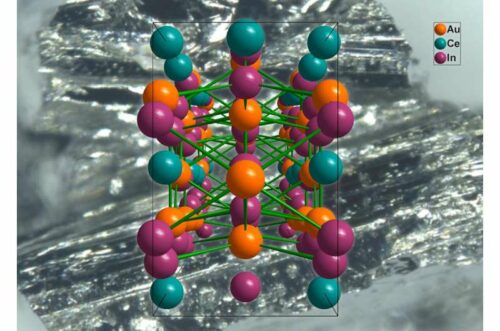Researchers have developed a way to design novel quantum materials with very special properties to meet the requirements of quantum computers.

How does a researcher go through a combination of 118 elements and choose the most appropriate one? Each combination has its own set of advantages and disadvantages and each of these may be considered crucial for its specific application. For example, a system requires atoms to move with high-speed movement and various temperature ranges; only some elements or their compounds can meet this need.
A cooperation between Rice University (Texas), TU Wien and other international research institutions has succeeded in tracking down suitable materials on the computer. New theoretical methods are used to identify particularly promising candidates from the vast number of possible materials. Measurements at TU Wien have shown the materials do indeed have the required properties and the method works.
Calculating the behavior of all the strongly interacting electrons in the material is impossible—no supercomputer in the world is capable of doing it. But based on previous findings, it has now been possible to develop a design principle that uses simplified model calculations combined with mathematical symmetry considerations and a database of known materials to provide suggestions as to which of these materials might have the theoretically expected topological properties.
“This method provided three such candidates, and we then produced one of these materials and measured it in our laboratory at low temperatures,” says Silke Bühler-Paschen. “And indeed, these first measurements indicate that it is a highly correlated topological semimetal—the first to be predicted on a theoretical basis using a computer.”
An important key to success was to exploit the symmetries of the system in a clever way: “What we postulated was that strongly correlated excitations are still subject to symmetry requirements. Because of that, I can say a lot about the topology of a system without resorting to ab initio calculations that are often required but are particularly challenging for studying strongly correlated materials,” says Qimiao Si of Rice University. “All indications are that we have found a robust way to identify materials that have the features we want.”






